 Security must not reproduce more violence. Instead, it should reveal the human face of society and show that the desire for revenge can be overcome, writes Jenny Pearce (LSE Latin America and Caribbean Centre).
Security must not reproduce more violence. Instead, it should reveal the human face of society and show that the desire for revenge can be overcome, writes Jenny Pearce (LSE Latin America and Caribbean Centre).
• Disponible también en español
We are by now “used to” the painful statistics on violence in Mexico. These statistics often create a sense of impotence, of distance from realities. They convert into calculations, measurements, comparisons. The average number of violent acts across different years, for example, allows us to claim that the problem has been overcome when there is a relative decline. Or when a country has less homicides than its neighbour, it can be seen as a country with “less” of a violence problem. This is how Mexico was seen for a long time when compared to Colombia.
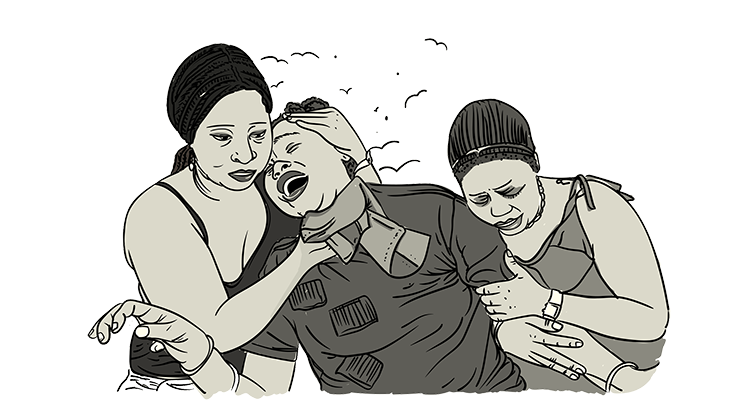
The problem with counting bodies, in Mexico and beyond, is that the bodies disappear – one of the cruellest and most extreme forms of violence that exists. I prefer to try to comprehend these realities through personal histories that focus less on how much violence occurs and more on who suffers, how and where. Although this closeness means feeling more acutely the depth of pain and trauma that violence produces, it also prevents me from becoming accustomed to its existence.
Statistics tell a story, but only one that is incomplete. They do, however, provide a starting point to appreciate certain dimensions of the problem, and I begin this story using statistics for two key purposes:
- To illustrate how to recognise “chronic violence” and show that it is measurable
- To argue that it makes no sense to measure “violence” if we select only those expressions of violence that matter to us
In reality all violences matter. We need to understand violence as a phenomenon with its own distinctions and with multiple expressions that reproduce over time and through all of our spaces of socialisation. From there we can begin to imagine a security policy that doesn’t reproduce violence, a more humane policy capable of breaking the intergenerational cycles that drive chronic violence.
Mexicans are all too familiar with the statistics on violence. I repeat them here in order to recognise, insofar as possible, all the spatial and temporal expressions that they contain. One recent report by UN Women, for example, reveals statistics on feminicide or Female Deaths through Presumed Homicide (DFPH) in Mexico. There were 56,571 between 1990 and 2019, and some 33,501 of those have taken place since 2007 when violence exploded in the country. Within that period, 2019 had the highest level of DFPH. In terms of murder statistics (which include feminicides), data from the Executive Secretary of the National Public Security System show that homicides in 2020 continued at the record levels of the preceding two years: there were 32,759 murders between January and November 2020, of which 28,445 were men and 3,455 women. Put otherwise, this amounts to 25.7 victims for every 100,000 people and an average of 98 people murdered every day.
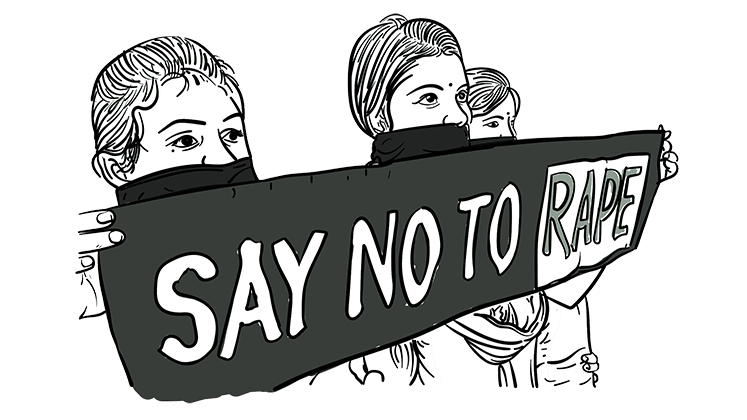
Not all violences are lethal, however. The same report by UN Women records 300,414 cases of women requiring medical attention in the family context between 2018 and 2019: 25.3% of these cases were due to physical violence, 10.8% to sexual violence, and 63.9% to psychological violence. The discussion on where women die reveals a drop in murders in the home since 2004, from 55% in that year to 29.3% in 2019. Today, women confront greater dangers in commercial zones, in recreation centres, at school, and in the workplace, amongst other places. The most dangerous place for women between 20 and 24 is the street.
What other patterns do we find in terms of “where” violence happens? The domestic space and the school continue to be dangerous for young girls and boys. According to Save the Children Mexico, seven out of ten boys and girls in the country have been victims of some kind of violence. Mexico has the highest rate of child abuse in the OECD. Every day, three boys or girls die through violence. In the space of just a few recent years, 317,996 young girls received medical attention for sexual violence. Nor is the school a very safe space. An OECD report, analysing PISA 2015 results, found that 20% of Mexican students experience school bullying, whether verbal or physical. In prisons – another space of socialisation – there were 1,821 “incidents” in 2020, including 501 assaults, 15 homicides, 64 suicides and 52 suicide attempts.
In the public sphere, the level of violence continues to be horrific. For many years now, Mexico has been the most dangerous place for journalists in the entire Western Hemisphere. In 2020, at least four journalists were killed, with one other shot dead while reporting from a crime scene. To protest in Mexico, meanwhile, is to risk your life. In June 2020, 28 people were arrested and threatened with death for protesting about the killing (with signs of torture) of Giovanni Lopez, who police had arrested supposedly for not wearing a mask (though this version of events has been denied by the General Prosecutor for Justice and municipal authorities).

In the political sphere, the last electoral period was the most violent in Mexico’s recent history. During the 2018 campaign period, 152 precandidates and candidates were murdered, with 774 acts of aggression carried out against politicians and another 429 against unelected officials. As for institutions, the excessive use of force by public-security actors has been amply documented by the National Human Rights Commission and by academics specialised in the subject. At the same time, however, 1389 police officers were murdered in Mexico between January 2018 and the latter part of 2020.
To tell this story of the reproduction of violence in its diverse temporalities and spaces of socialisation, I prefer – as I have said already – to consider the painful lived experiences that violence creates. One of the thousands of examples is that of a woman I interviewed in 2017 in a municipality of the Tierra Caliente region, which has been severely affected by violence. She had been forced to take her child and flee her home after another beating from her husband. She wanted to report this to the police, but her mother wouldn’t go with her because she didn’t trust the police. The woman went alone, but the police officer recording her complaint took a liking to her and promised to come and visit her. The woman went back to where she was staying, and when the police officer tried to come to visit he was killed by the local gang. As a result, other officers arrived and ransacked the house. In this story, violence cuts through and acorss intimate spaces, the street, and the state. The potential intergenerational and long-term impacts for the son of this woman, who witnessed everything that happened, are immeasurable. This is chronic violence.
The real challenge is to understand how violence becomes chronic, reproduced in public and intimate spheres alike. In my recent book Politics Without Violence, I put forward tools for thinking about violence, which I define as “meaning-laden and meaning-generating acts and actions of somatic harm, which potentially constitute, normalise, and/or destroy social orders”.
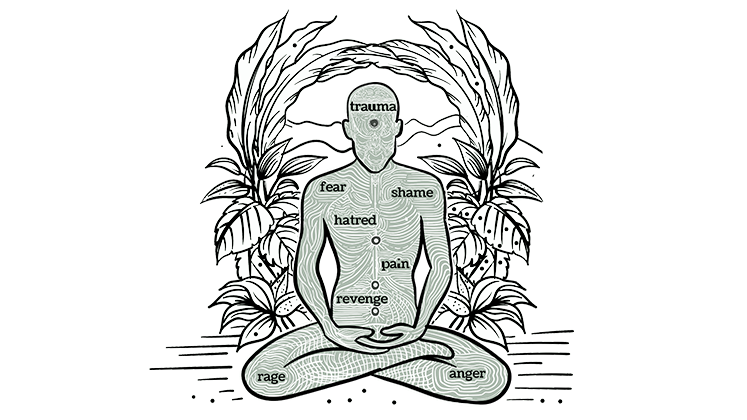
When I talk about “actions” I refer to the repetition of behaviours that humiliate others, that result in psychological or physical harm to the body, or that consitute what the sociologist Pierre Bourdieu calls “symbolic violence”. Some Mexican indigenous women helped me to understand this latter concept in a conversation in Palenque, Chiapas, some years ago. They told me how far they had to walk while pregnant to reach a clinic and give birth; how on arrival they were made to wait because they were indigenous women; and how some of their babies died as a result. The meaning that this violence communicated was that the indigenous women did not matter as human beings. Other acts of violence communicate different messages more directly. As is clear from state or criminal use of disappearances and from drug cartels’ performative acts of brutality, the power of violence lies in the message that it sends to the victims directly, to their families, and to society as a whole.
The biological body is a social body. Space is not an empty place. It’s a place where we relate to each other. This is why the intimate space, the street, the school, the prison, and public and political spaces are all spaces of socialisation. When we recognise this, we can also recognise the importance of social action that mobilises citizens against these acts and actions of somatic harm. Citizen and collective social action raises awareness amongst the general population, as do organisations and social movements focusing on disappearance, sexual violence, child abuse, and so on. This makes it possible to learn that violence is neither normal nor inevitable. In this way, it becomes possible to rethink security.
Security must not reproduce more violence. Instead, it should reveal the human face of society and show that the desire for revenge can be overcome. A humanised security goes hand-in-hand with creation of a system of restorative justice. Instead of serving to repress, security should enable civic participation to bring about the kinds of social and economic changes that would allow us to live together without violence.
Notes:
• The views expressed here are of the authors rather than the Centre or the LSE
• This blog draws on the author’s book Politics without Violence? (Palgrave Macmillan, 2020)
• To find out more about the infographics by Karen Chimilla and Juan La Rotta, visit our web site
• This is a translation of an article first published on the Blog de Insyde of Animal Politico (1 Feb 2021) and is therefore not available under a Creative Commons licence
• Please read our Comments Policy before commenting


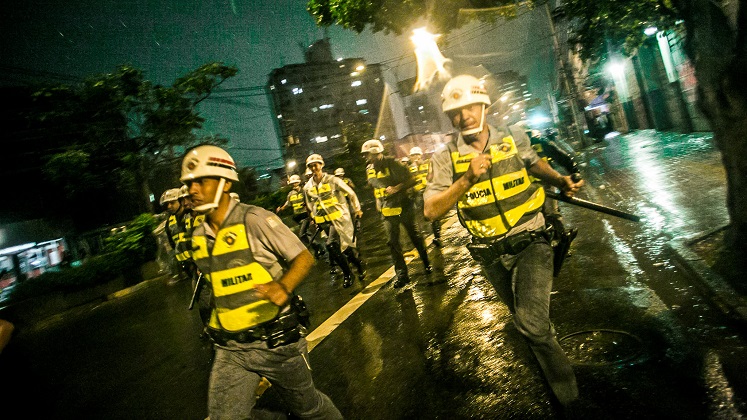
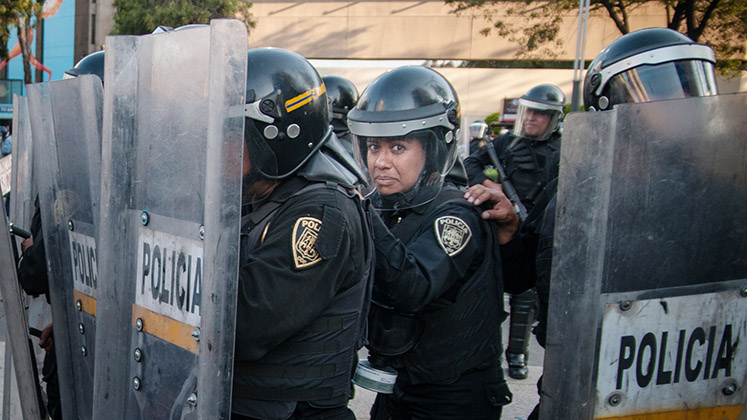
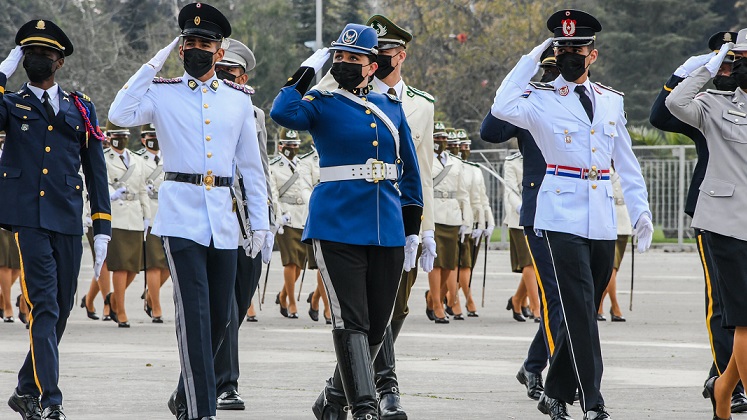

I love the ending of child abuse